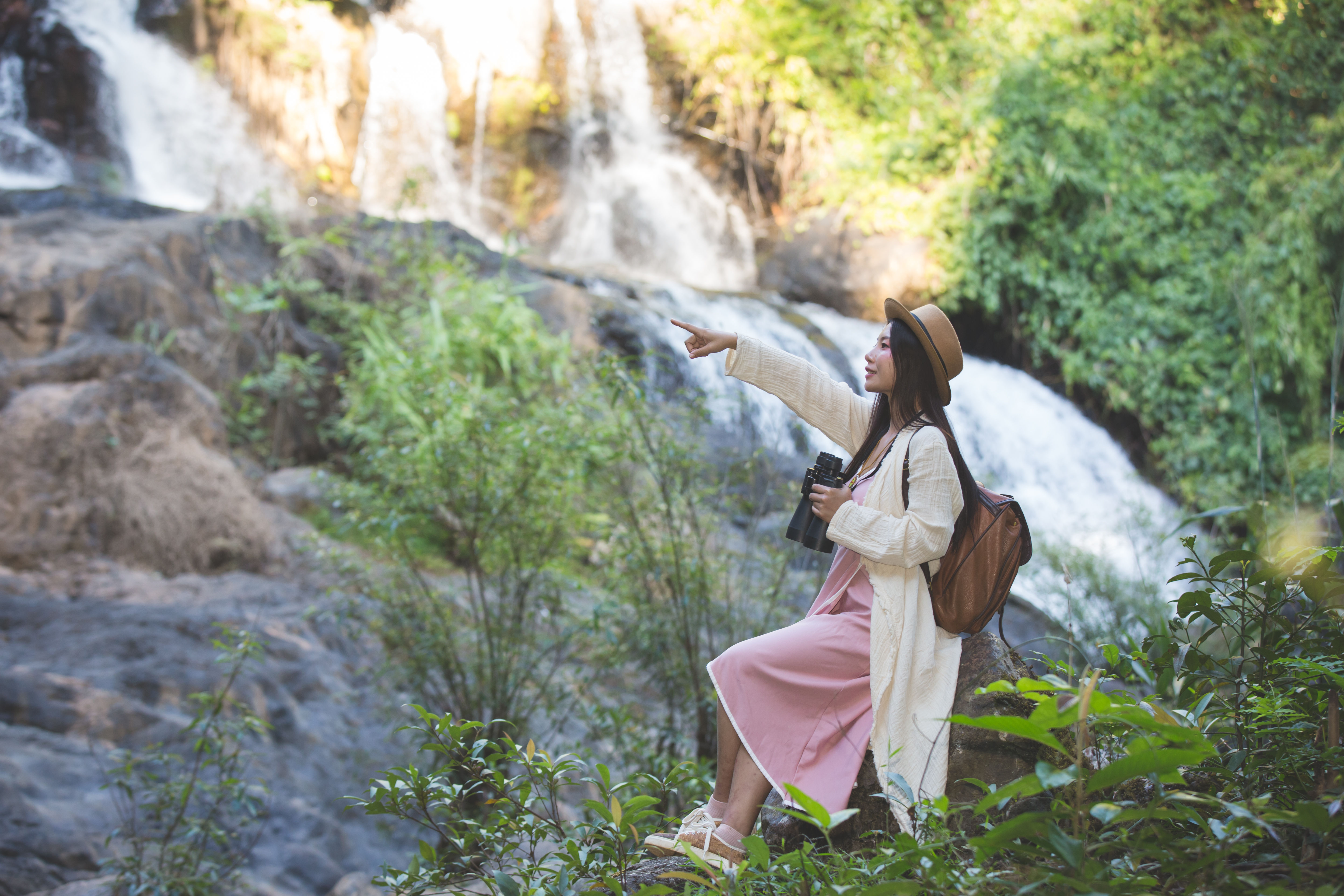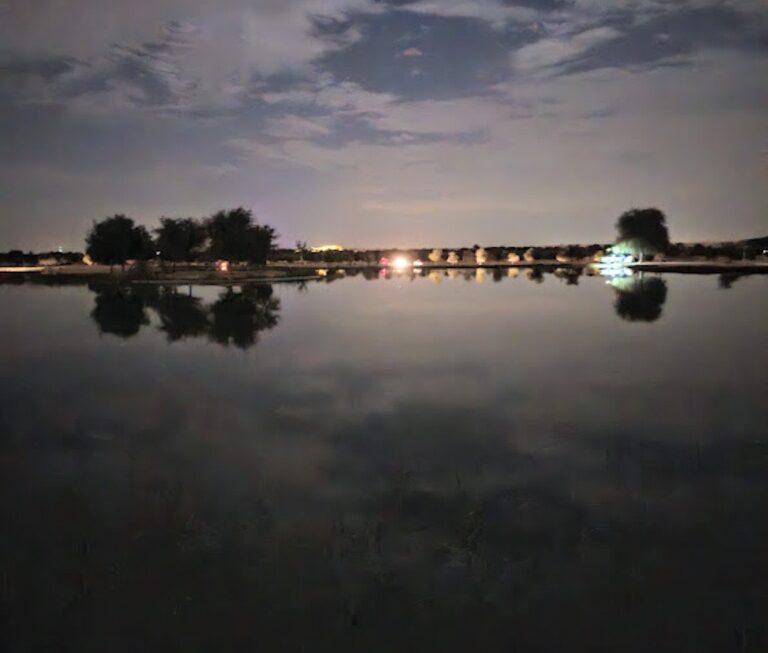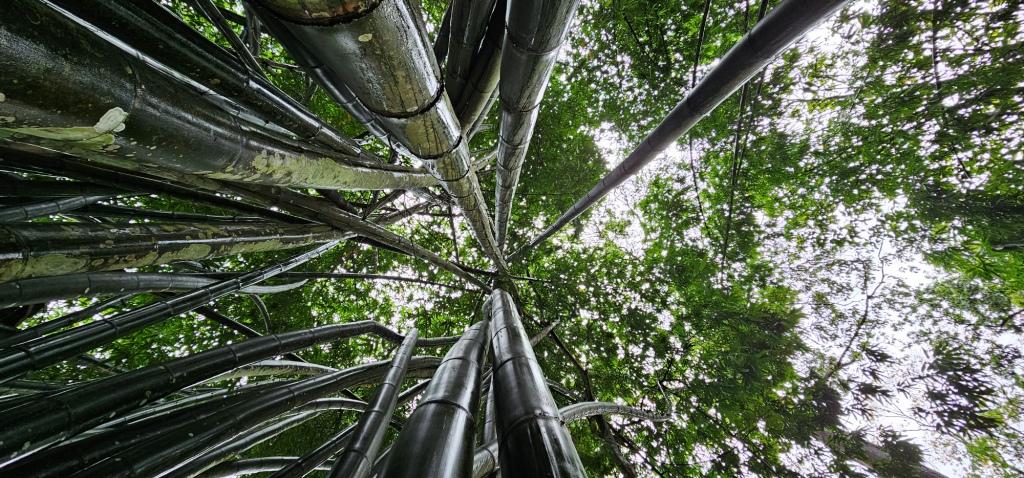North East India, popularly known as the Seven Sisters and the most unknown yet fascinating part of our country. Located in the easternmost corner of the region, the landscape is covered with mountain ranges and rainforests, which are probably the last remaining ones in our country. Through this, the giant river Brahmaputra flows, which supports the farms and the wildlife there. This lush greenery and fauna will inspire you to visit this place at least once in your lifetime.
The Northeast comprises eight states, namely- Arunachal Pradesh, Assam, Manipur, Mizoram, Nagaland, Meghalaya, Tripura and Sikkim. These states share borders with Bhutan, China, Myanmar and Bangladesh, hence border disputes are often in this region. But still, it doesn’t interfere with the hospitality and warmth of the locals and they are always welcoming.
Each state has its own charms and unique sites to see. Here is a list of a few places which are a must-visit when you go to North East.
- Kaziranga National Park, Assam
Kaziranga National Park is one of the finest wildlife refuges in the world. Located in the heart of Assam, this place is home to around 2,613 one-horned rhinoceroses, which is almost one-third of the total population in the world. This national park was formed in 1908 according to the recommendation of Mary Curzon, wife of the Viceroy of India- Lord Curzon of Kedleston, and was declared a UNESCO World Heritage Site in 1985.
The best time to visit the place is between November to April. The park authorities also organize jeep and elephant safari tours. Tourists can also engage themselves in bird watching and visit the National Orchid Park, which is located near the Central range.
- Tsomgo Lake, Sikkim
Also known as Changgu Lake, Tsomgo lake is a glacier lake located 35 kilometres away from Gangtok, Sikkim. The most attractive point of this lake is that it changes colour according to the season and remains frozen from early winter to late spring. This lake is also associated with many myths and legends and hence is respected by the locals. As the lake is in a restricted area, tourists have to seek permission to enter this place. Reaching there, you can enjoy joy rides on decorated yaks and mules. This place is also suitable for trekking, nature photography and bird watching.
The lake can be visited around the year and you’ll witness a different view every time.
- Ziro Valley, Arunachal Pradesh
Located roughly 115 kilometres from Itanagar, Ziro Valley lies on the lap of lush hills of Arunachal Pradesh. Added to the tentative list of UNESCO’s World Heritage site, Ziro is a place where culture and nature meet and come alive.
The valley is habited for centuries by the Apatani tribe, the oldest tribe in North India. This tribe have unique features, setting them apart from the other tribes of the Northeast. Ziro is famous for paddy-cum-pisciculture tradition. But the main tourist attraction is the Ziro Music Festival, which was launched in 2012. Music lovers from different places, top national and international artists, bands and folk artists gather in this place for an exchange of musical values and culture.
- Kohima Museum, Nagaland
Every tourist and patriot should visit the Nagaland State museum aka Kohima Museum. Located in Bayavü Hill, this place is filled with deeper insights into the history and culture of the tribes of the state. This museum was established in the year 1970 and contains rare artefacts belonging to 16 tribes of Nagaland. It also showcases the Naga culture in garments, arts and crafts. Life-like models of Naga life are also displayed for people to understand better.
- Tripura Sundari Temple, Tripura
Located in the ancient city of Udaipur in Tripura, this temple is also one of the ancient temples in Northeast India. This Hindu temple is dedicated to Goddess Tripura Sundari or Devi Tripureshwari, and it is believed to be one of the holiest Hindu shrines in this part of the country. Many visitors from the nearby states visit this temple. The name of the state comes from this temple. The temple was founded in the year 1501 by Maharaja Dhanya Manikya. According to popular folklore, he actually had founded a temple for Lord Vishnu, but due to a revelation in his dream, he initiated the worship of the Goddess on the hilltop. An interesting factor about this temple is that people of any religion can offer Pooja and pray to the Goddess. When visiting the temple, you can also visit the Kalyan Sagar pond which is located on the eastern side of the temple. The lake is filled with Bostami turtles or Black Softshell turtles, which are considered to be extinct in the wild.
- Double Decker Living Root Bridge, Meghalaya
Located in the thick forests of Meghalaya, the Double Decker Root Bridge is a living root bridge. Although living root bridges are common in the area, the Double Decker Bridge is famous for its large size. The bridge is almost 3 kilometres long, grown from a special type of rubber tree, and is placed at a height of 2400 ft. The local tribe of Khasis are the one credited for making this bridge. They train the roots to grow in the shape of a bridge. It takes around 4 to 6 hours to cover the whole bridge, which makes this place the main attraction for trekkers and nature enthusiasts.
- Dawki River, Meghalaya
Meghalaya has a visual feast of nature to offer. The most popular among these is the Dawki River. Located near the East Jaintia hills district near the Indo-Bangladesh border, the Dawki river is a beautiful river with crystal clear water. The water is so clean that you can see the riverbed clearly. While boating on the river, it feels like the boat is floating on a glass surface. A hidden gem of the state, this place became famous after the Ministry of Jal Sakti posted a picture of this place on social media, congratulating the locals on keeping it clean. Tourists can indulge themselves in activities like boating, cliff jumping and zip-lining in this place.
The North East is India’s hidden gem. It is a rendezvous of different tribes, communities and cultures. Various tribes of this area are believed to have lineage descended from the times of Ramayana and Mahabharata. The lush landscape, the distinct tribal community and the geographical and ecological diversity make this region a must-visit.

Author’s bio:
Ashwathi Anoopkumar is a student pursuing her Master’s degree in Mass
Communication and Journalism. She has a content writing experience of 1.8
years and has written for multiple genres.




